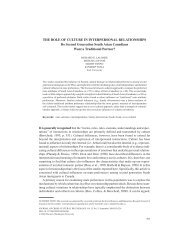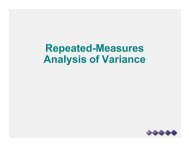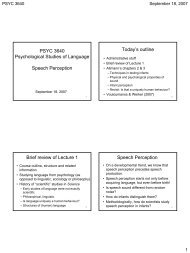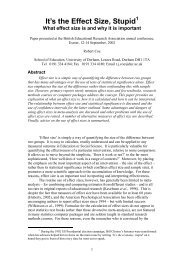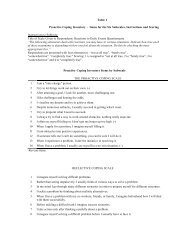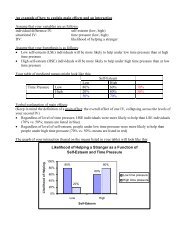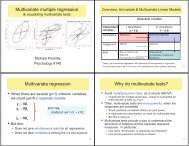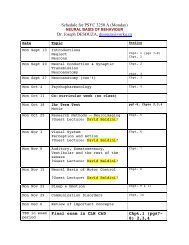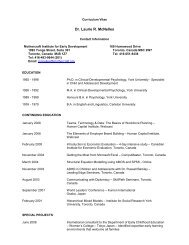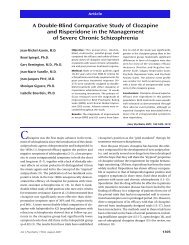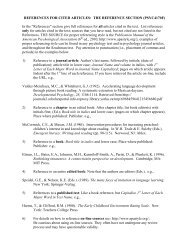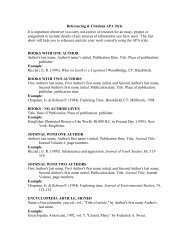The Drama of the Gifted Child (The Search for the True Self)
The Drama of the Gifted Child (The Search for the True Self)
The Drama of the Gifted Child (The Search for the True Self)
Create successful ePaper yourself
Turn your PDF publications into a flip-book with our unique Google optimized e-Paper software.
• <strong>The</strong> hope that with this birth <strong>the</strong> patient may become<br />
truly alive (<strong>the</strong> child as symbol <strong>for</strong> <strong>the</strong> patient's true self).<br />
• Unconscious communication about <strong>the</strong> patient's own fate<br />
as a child, with <strong>the</strong> aid <strong>of</strong> compulsive repetition (<strong>the</strong><br />
child as rival sibling, and abandoned hope); <strong>the</strong> sibling's<br />
birth had increased <strong>the</strong> patient's loss <strong>of</strong> self, and with <strong>the</strong><br />
birth <strong>of</strong> his child <strong>the</strong> patient would give up (<strong>for</strong> <strong>the</strong><br />
time being) his hope <strong>of</strong> realizing his true self.<br />
To interpret this questionable wish to have a child as<br />
acting-out is not usually successful, since <strong>the</strong> compulsion to<br />
repeat is too strong. <strong>The</strong> analyst is <strong>the</strong>n experienced as a<br />
strict mo<strong>the</strong>r, against whom <strong>the</strong> patient would like to<br />
rebel. At present, however, <strong>the</strong> patient can do so only in<br />
this self-destructive way, since he is not yet free from<br />
introjects. So <strong>the</strong> analyst is <strong>for</strong>ced to be a spectator while<br />
<strong>the</strong> patient gives life to a new human being, apparently in<br />
order to destroy his own chance, but also <strong>the</strong>reby to rediscover<br />
his <strong>for</strong>merly only half-experienced life and to experience<br />
it consciously now with his newly awakened feelings.<br />
Just as a child uses <strong>the</strong> Sceno test figures to represent<br />
his family, so <strong>the</strong> patient unconsciously uses his new-born<br />
child to lay out <strong>for</strong> himself <strong>the</strong> tragedy <strong>of</strong> his own fate.<br />
This is <strong>the</strong> double function <strong>of</strong> <strong>the</strong> compulsion to repeat.<br />
<strong>The</strong> patient senses that here <strong>for</strong> <strong>the</strong> first time he is really<br />
involved, that it is his own self that is being born. <strong>The</strong> wish<br />
to have a child expresses this desire, but it has to be expressed<br />
through ano<strong>the</strong>r person. For <strong>the</strong> patient now will<br />
devote himself not to <strong>the</strong> baby he once was, but to an<br />
actual baby in <strong>the</strong> present. However, since this new-born<br />
baby also stands <strong>for</strong> his own childhood self, <strong>the</strong> patient can<br />
emotionally discover his own warded <strong>of</strong>f childhood story,<br />
piece by piece, partly through identification and partly in<br />
<strong>the</strong> guise <strong>of</strong> his own parents, whom he gradually discovers<br />
within himself.<br />
80



